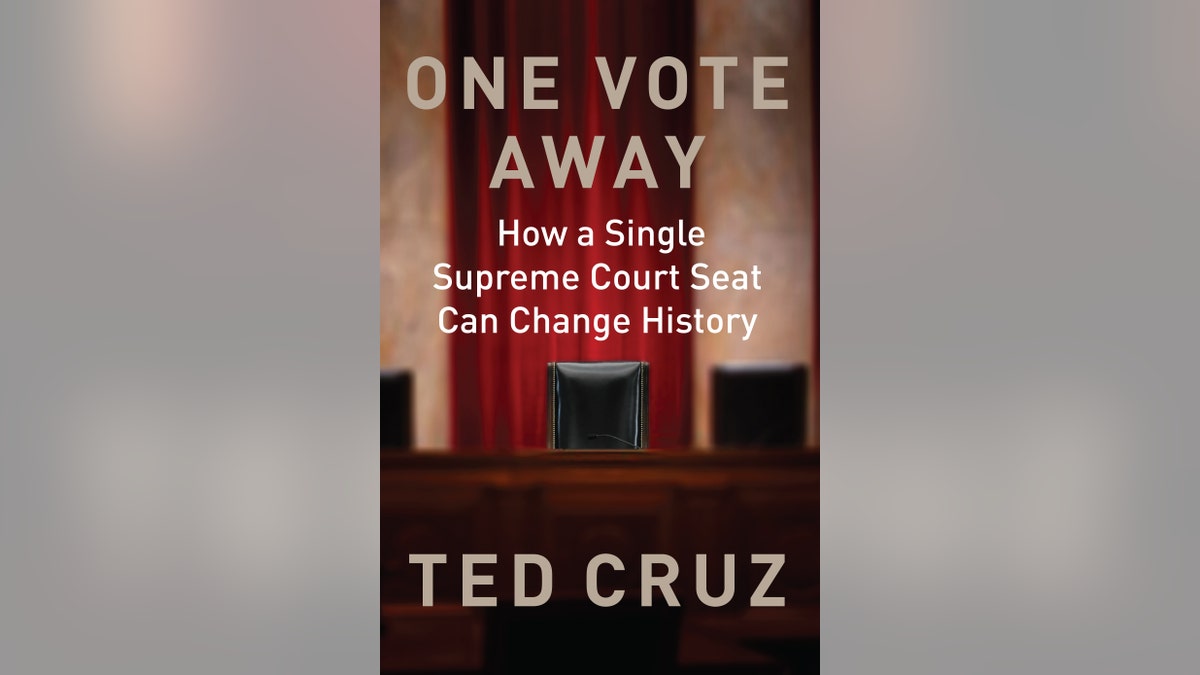Republicans have, historically speaking, been absolutely terrible at judicial nominations—especially nominations for Supreme Court justices.
To borrow from baseball, Republicans at best bat .500. Once confirmed as justices, at most, half of Republicans’ Supreme Court nominations actually behave as we hoped they might behave in terms of remaining faithful to their oath of office and the Constitution.
Democrats, on the other hand, bat nearly 1.000. They are almost perfect in that almost every single Democratic Supreme Court nominee, on virtually every major case that is a hotly contested, votes exactly as the Democrats who appointed them would have wanted them to vote.
Perhaps the most notable exception was Byron White, who was John F. Kennedy’s only Supreme Court nominee.
Justice White’s great apostasy was that he was one of the two original dissenters in Roe, and sometimes he would also side with the more conservative justices on criminal cases. Aside from Justice White, Democrats’ Supreme Court justices, almost without exception, vote precisely as they would want them to.
It’s also not random or bad luck. There is a clearly definable pattern among Republican nominees, differentiating those justices who remained faithful to their oath, who stood strong and followed the Constitution, from those who did not.
Remember, if a judge changes on the bench, he or she always changes in the same way. Republican nominees only shift in one direction: they shift to the left. “Evolving” is the polite term. And it is because the pressure on a Supreme Court justice to move to the left is enormous.
The press coverage consistently praises justices who vote with the left, heralding them as courageous heroes. Indeed, this past year, there were two separate movies that came out within months of each other, chronicling the life of Ruth Bader Ginsburg in hagiographic terms better suited for Mother Teresa or George Washington. Somehow Hollywood has never produced the film, “Nino, The Extraordinary Justice Scalia.”
So when Republican nominees side with the left on the Court, they’re praised in the newspaper, lionized as statesmen, and fêted publicly.
This is so true that the former longtime Supreme Court reporter for the New York Times, Linda Greenhouse, had an entire syndrome named after her. Dubbed the “Greenhouse effect,” it was used to describe how justices like Anthony Kennedy and Sandra Day O’Connor gradually move ever more leftward in order to receive adoring praises from Greenhouse’s coverage in the New York Times.

It’s not just the press coverage; it’s also the entire dynamic of Washington, D.C. Justices who move to the left are welcome at cocktail parties. They are treated with respect, with deference, even with praise and adoration. They are among the “cool kids.” Republican-nominated Supreme Court justices who do not do that are barely acknowledged in polite society.
If you look back at the history of Republican nominations, there’s a clear difference between the Republican picks who stuck to their guns once they made it to the bench and those who backed down. And presidents and senators should examine that pattern before nominating or confirming anyone to the Court.
The justices who have been most faithful to the Constitution include Justice Scalia, Justice Thomas, my old boss Chief Justice Rehnquist, and Justice Alito. All of them share important characteristics: Before they were nominated, each of those justices had a long and demonstrated record. Each had served in the executive branch, each had defended conservative or constitutionalist positions, and, critically, each had been roundly criticized for doing so.
Indeed, I believe there’s no better predictor of whether a Supreme Court justice will remain strong and faithful to the Constitution than whether he or she has a long record of being excoriated by the press, mocked by the legal academy, and ridiculed by polite society, and holding his or her ground nonetheless.
CLICK HERE TO GET THE OPINION NEWSLETTER
Only by looking for stoic and adamant resistance to the “Greenhouse effect” can we reliably deduce that a prospective nominee has the mettle and the fortitude to stick to his or her convictions when confronted by Washington, D.C.’s proverbial storm of locusts.
More from Opinion
- RNC Chair McDaniel: Trump nomination of Amy Coney Barrett to Supreme Court fulfills campaign promise
- Timothy Head: Amy Coney Barrett – Supreme Court pick will bring this much-needed quality to the bench
- Kelly Shackelford: Why Amy Coney Barrett, Trump's Supreme Court pick, will strengthen religious liberty
We should also expect nominees to have real, demonstrated track records across the spectrum of constitutionalism. We don’t need jurists who are only sound on structural issues, or who are only sound on certain key Bill of Rights provisions, or who are “good” on criminal-justice issues while failing to uphold the Constitution in other domains.
Rather, we need judges and Justices who are committed to the full panoply of constitutional issues—and who have demonstrated their commitment and bled for those ideals over the course of their careers.
CLICK HERE TO GET THE FOX NEWS APP
Incidentally, the flip side of these criteria is true, as well. Those justices who have been faithless, who have been willing to join the activists in imposing liberal policies regardless of what the Constitution might provide, often fall in a similar pattern: Typically, they have little to no record, they have assiduously avoided controversy, they have refrained from taking difficult stands, and they have avoided subjecting themselves to the harsh light of criticism. They have been timid where they could have been bold or assertive.
For seven decades, Republicans have gotten this wrong, starting in the 1950s.
This essay is adapted from Sen. Ted Cruz’s new book “One Vote Away: How a Single Supreme Court Seat Can Change History” (Regnery Publishing, September 29, 2020.)























